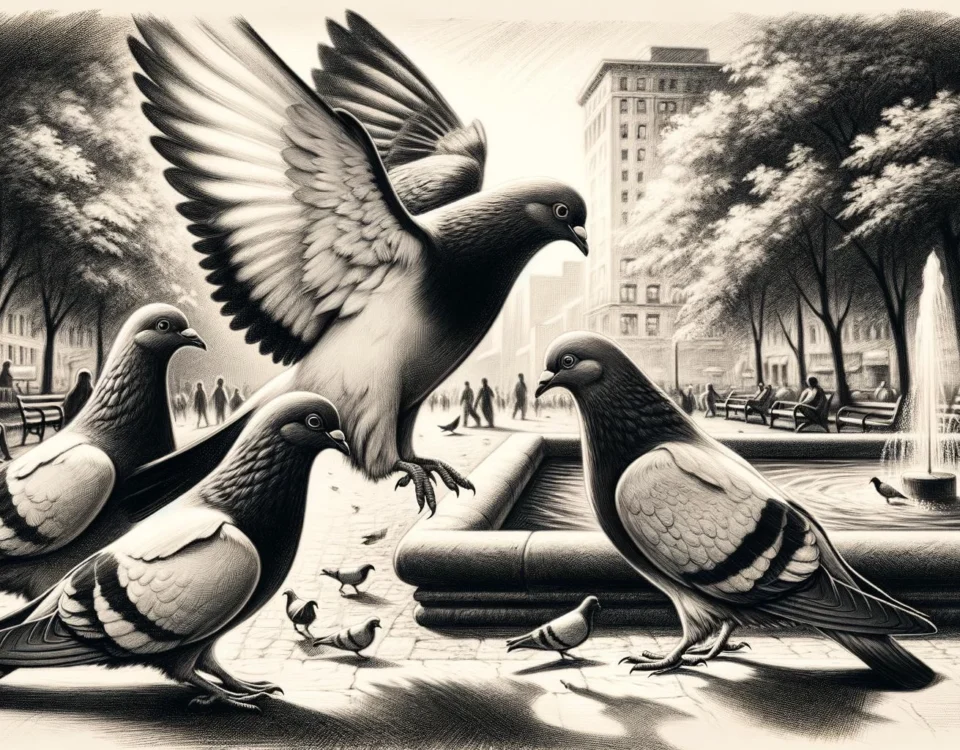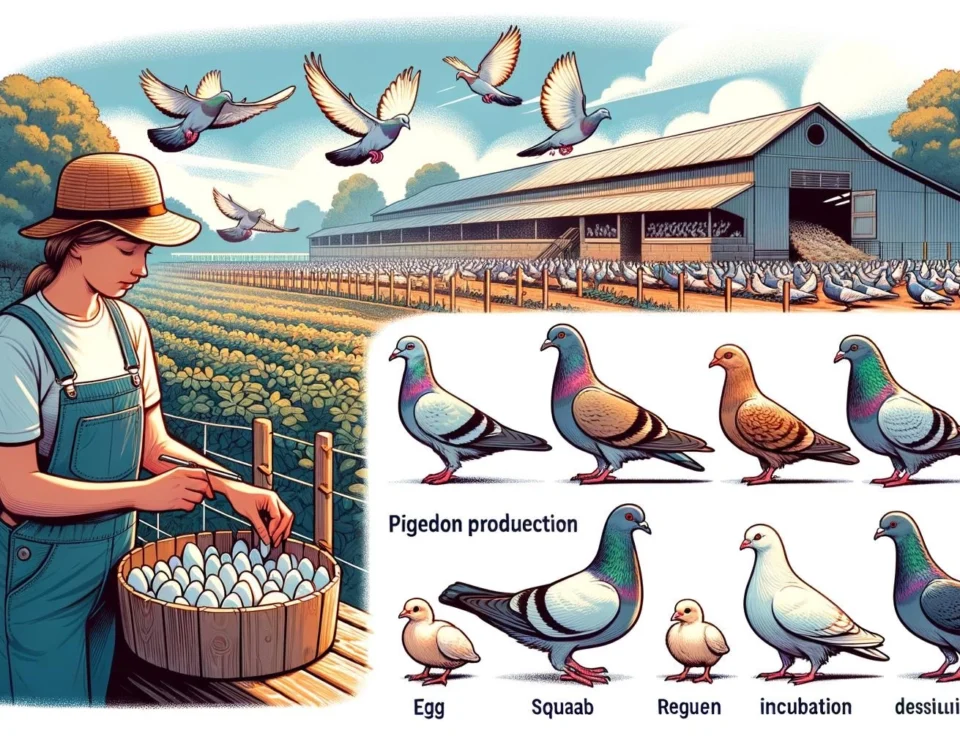Key Takeaways
- Utility pigeons, also known as homing pigeons, have been used in various scientific research studies.
- They have been beneficial in studies related to population control, disease surveillance, gender identification, growth and development, visual discrimination, and genetics.
- Utility pigeons have proved to be reliable, cost-effective, and convenient tools in scientific research.
Population Control and Disease Surveillance
Utility pigeons have been extensively used in studies related to population control and disease surveillance. Due to the large numbers of feral pigeons in urban areas, controlling their population has become a significant challenge. Pigeon populations can negatively impact human health and cause economic loss. Scientists have explored various methods, including chemical repellents, visual and sonic deterrents, and ultrasonic devices, to control pigeon populations effectively.
Moreover, the close proximity of pigeons to human environments makes them potential carriers of pathogens and parasites. Their droppings can lead to damage to buildings and pose health hazards. Some studies have focused on the detection and identification of pigeon pathogens that can be transmitted to humans. This research has been crucial in understanding the risk of zoonotic diseases associated with pigeon populations and implementing appropriate control measures.
Gender Identification and Genetic Studies
Utility pigeons have been used in genetic studies and gender identification research. One study demonstrated the utility of cross-priming amplification with an immune-chromatographic strip for determining the gender of pigeons. This method proved to be reliable, cost-effective, and convenient for sex identification in pigeons.
Additionally, utility pigeons have been valuable in genetic studies to understand their origins and genetic diversity. For example, the genetic analysis of passenger pigeons, an extinct species, revealed surprisingly low genetic diversity. This research aimed to investigate the disconnect between theory predicting larger populations having higher genetic diversity and the reality observed in passenger pigeons.
Growth and Development, Visual Discrimination, and Other Studies
Utility pigeons have also been used in studies related to growth and development, visual discrimination, and other fields. These studies have provided insights into the fertility, growth rate, and slaughter value of pigeons, focusing on specific breeds such as King pigeons.
Furthermore, utility pigeons have proven to be prodigious discriminators of complex visual stimuli. They have been able to detect and discriminate between foreground and background, letters of the alphabet, object categories, identities, and emotional expressions. This research has aided in a better understanding of the cognitive abilities and perceptual capabilities of pigeons.
In conclusion, utility pigeons have been valuable subjects in various scientific research studies. They have contributed to population control, disease surveillance, gender identification, genetic studies, growth and development research, visual discrimination studies, and more. Utility pigeons have proven to be reliable, cost-effective, and convenient tools in scientific research, providing valuable insights into diverse fields of study.









